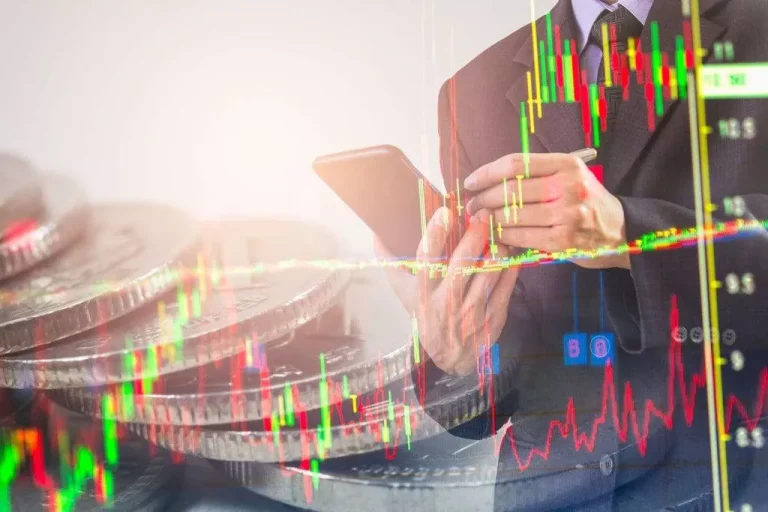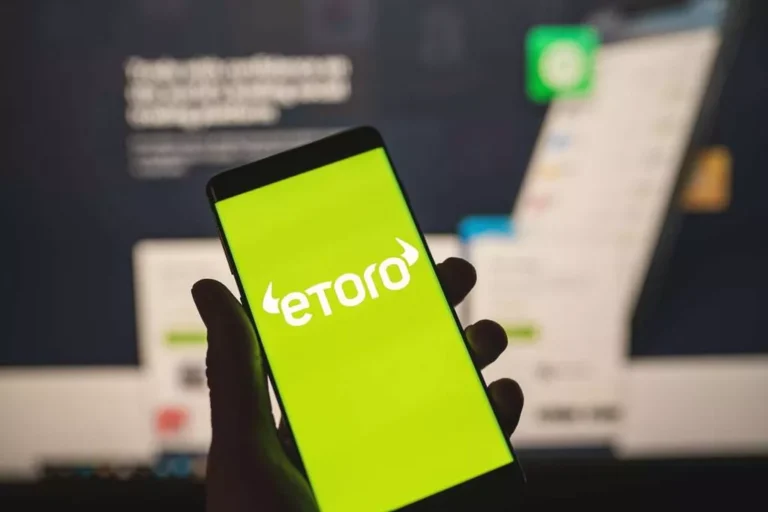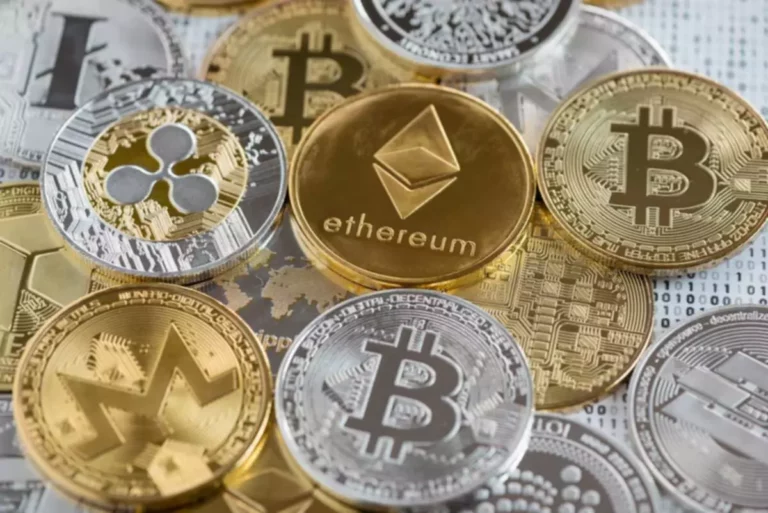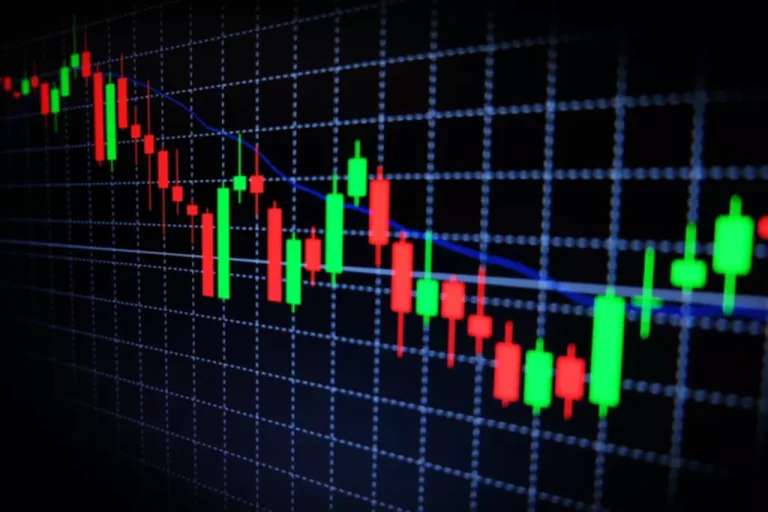Total, both market makers and market takers play essential roles in the monetary markets, and both have their own unique dangers and benefits. Understanding these differences is necessary for investors who wish to make informed funding selections. In the world of investing, market makers and market takers are two important ideas that every trader should perceive. A market maker is an organization or individual who provides liquidity to the market by continually quoting each purchase and sell prices for a selected safety. On the other hand, a market taker is a dealer who takes the costs quoted by market makers and executes trades instantly.
By submitting a limit order on a centralized cryptocurrency exchange like Binance or a peer-to-peer decentralized exchanges (DEX) like Komodo Pockets, you actively take part as a market maker. Makers and takers employ a plethora of strategies to seek out income, typically contemplating market signals specific to their roles. Nevertheless, opinions on the effectiveness of these methods can range, with some viewing them as bordering on the magical somewhat than the practical.
What’s Depin In Crypto? A Comprehensive Guide
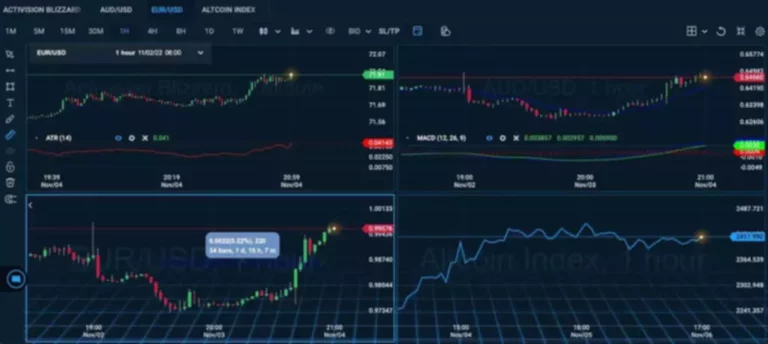
As a dealer, you’ll unavoidably tackle the tasks of both the buyer and the vendor at some point. Given that each the customer and the vendor are required for a healthy market, you have to perceive what these two are and how they function. Makers and takers each play crucial roles within the trading business, and this text will clarify what every does and how it differs from the other.
Market takers, however, accept the positioned order and remove liquidity from the order book. Exchanges sometimes cost decrease commissions for makers because they supply liquidity to the market. Taker commissions are typically greater because they make the most of the present liquidity.
Market Maker And Taker Charges Defined
And when a taker is out there in, he takes a few of that liquidity out of the market with a market order, which is executed instantly because it has the instruction to execute on the market value. Exchanges are platforms the place sellers meet patrons without having to advertise their offers, making offers immediately. Cryptocurrency liquidity refers to the ease with which a specific digital asset could be purchased or bought within the cryptocurrency market with out significantly impacting its worth.
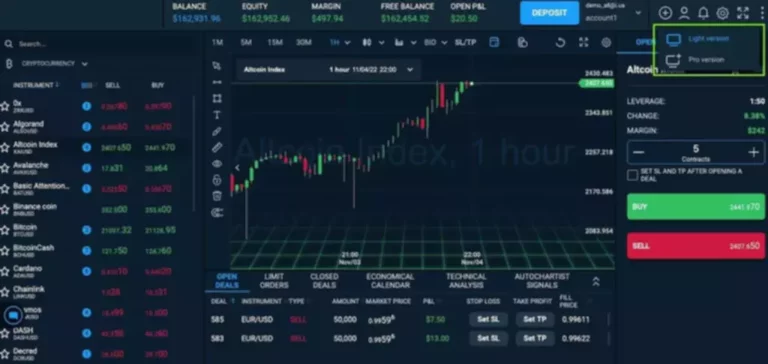
By repeatedly quoting costs, market makers facilitate smoother trading processes and guarantee that there is always a counterparty for trades, thereby enhancing market efficiency. Market takers, then again, place orders that match present orders in the market, typically impacting the market value based mostly on their shopping for or selling selections. In the dynamic realm of monetary markets, market takers represent a different aspect of trading.
Their major job is to make transactions on buying and selling platforms smoother by always stating costs at which they’re keen to purchase or sell securities. Adjusting methods, implementing danger management protocols and staying informed about market conditions are important for minimizing these inherent challenges. One Other distinction between market makers and market takers is the amount of risk they are keen to tackle. One key distinction between market makers and market takers is the source of their income.
To put it simply, they consume no matter is on sale and buy the asset, adding it to their investment portfolio. Market makers receive greater rebates as a result of they provide liquidity, which is crucial for a wholesome trading environment. For a deeper understanding of how crypto buying and selling fees work and to explore the platforms providing the lowest crypto charges, check out our detailed information. By creating limit orders with completely different conditions you create liquidity so that takers can are available and simply and quickly purchase or promote your liquidity.
The largest good factor about cryptocurrency market making is that it offers liquidity, which ensures that merchants can proceed to commerce. From a market maker’s viewpoint, it may also be a method to make a revenue, though these are very small until you have a big stock of assets to trade. In finance, a bid is basically the price a purchaser is keen to pay for a selected safety, whereas the ask is the worth a vendor is willing to accept. By narrowing the unfold or distinction between the 2, DMMs, very comparable to common market makers, help guarantee market stability and efficiency.
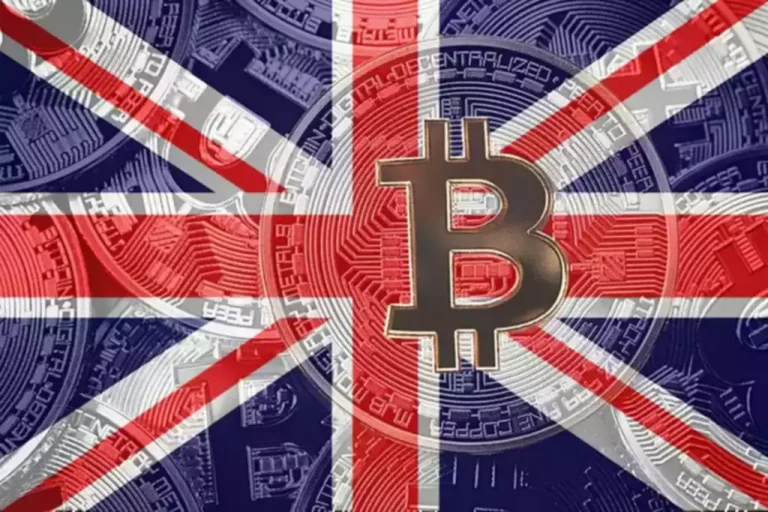
This relationship ensures that markets remain liquid and environment friendly, permitting merchants to enter and exit positions with relative ease. In contrast, a market taker is a trader who takes the costs quoted by market makers and executes trades instantly. Market takers are typically individual buyers or smaller institutional traders who trade in smaller volumes. Market takers benefit from the deep pockets of market makers, as they can buy or sell securities on the quoted costs without having to attend for a buyer https://www.xcritical.com/ or seller to come back alongside.
The Function Of Makers And Takers On Crypto Exchanges
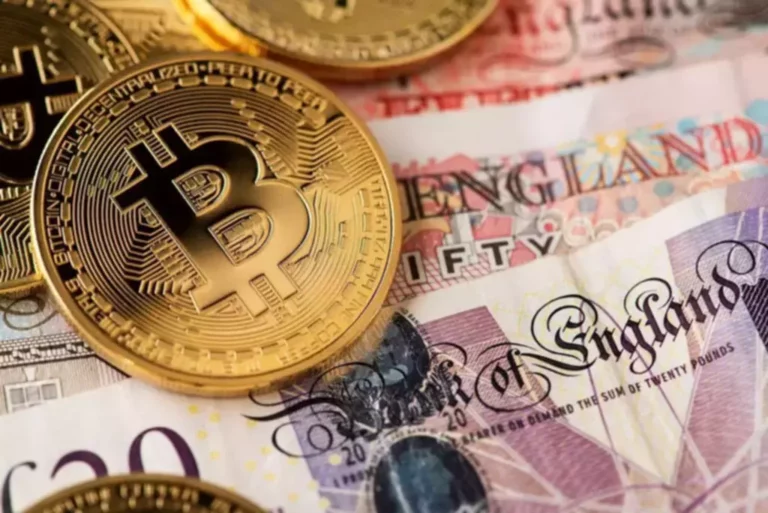
Moreover, market makers are inclined to have entry to extra details about the market and its members, as properly as a extra subtle understanding of the mechanics of trading. This data and understanding gives them a big benefit over market takers, who’re often much less informed and rely available on the market makers to offer liquidity. If you have ever purchased cryptocurrencies from an trade, you may have noticed that there are often maker and taker fees. These are prices that occur when orders are positioned and executed, and they are designed to incentivize makers into offering liquidity, which an trade depends on to draw merchants. As A Outcome Of they play such an necessary role, and are often appointed by inventory exchanges and different financial institutions, market makers should adhere to strict parameters.
Merchants may be categorized as either “market takers,” who seek to acquire assets on the lowest possible costs, or “market makers,” who hold a portfolio of assets for trading. As their name implies, market makers create demand and supply by constantly quoting presents and ask pricing for a given merchandise. Their objective is to make a revenue by supplying the market with buyers and sellers at all worth factors.
- It is necessary to notice that charge buildings can differ considerably from one cryptocurrency change to another.
- The Taker charge is the transaction cost paid by the market taker and is usually greater than the Maker fee.
- Makers feesWhen a maker creates a limit order, or quotes a purchase and sell worth, it gets added to the order guide and offers the trade with liquidity.
- Understanding these differences is necessary for investors who wish to make informed funding choices.
They have a huge supply of property on hand and are continuously able to purchase or sell, which retains the financial system active. If a dealer buys at $51 and one other sells at $50, the market maker earns the $1 unfold. Additionally, some exchanges provide rebates or incentives to market makers for liquidity provision.
This pricing construction encourages customers to add new orders to the market, thus offering liquidity and helping the market operate more efficiently overall. In this AAG Academy information, we’ll clarify what marker makers, designated market makers, and maker takers are in detail. We’ll also have a look at maker and taker fees and canopy some nice benefits of both, as nicely as answer some regularly asked questions. Traditionally, giant brokerage firms are the commonest market makers that offer traders asset buy and sale solutions. Market makers are individual members or member corporations of an change that trades in securities for their own account.
If you’re a trader, you are both a maker or a taker, and you may Exchange (organized market) be one or the other at totally different moments, trading totally different instruments. The value of any asset is the results of an agreement between the buyer and the vendor. Elements like risk tolerance, crypto buying and selling objectives, and the need for active or passive engagement will influence a person’s determination on which function to take. Some crypto traders could prefer the steadiness of AMM roles, while others recognize the dynamic nature of market taking.
